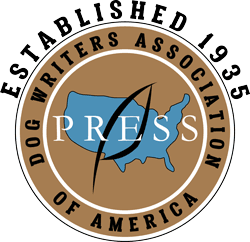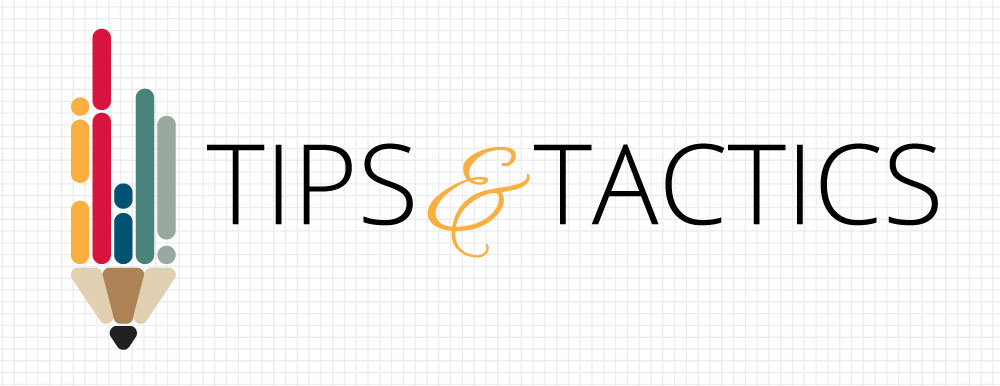Here at the Ruff Drafts editorial desk, we spend our time reviewing and editing your submissions. We try to keep your story and voice intact while catching grammatical faux pas, misspellings and typos. It’s not easy editing someone else’s work. If you’re part of any writer’s group, you know how challenging it is to edit other writers, give feedback, make suggestions for improvement, and clarify what the author is trying to say.
If you find yourself in the unenviable task of editing something for a friend or colleague, here are some editing tips we’ve scrounged together from a variety of sources that may come in handy.
Be careful of how much you take on.
Editing takes a lot of time. If time is not something you have an abundance of, explain to the person who is asking why you won’t be able to devote adequate attention to their work and give it the attention it deserves. Of course, if you’re asked to review something in a work situation, say, from your boss, you can renegotiate your priorities, so you do have the time needed to do your best.
Why does editing take so much time to do correctly? You have to:
- Read slower than usual.
- Go back and forth in the text to check for consistency.
- Think about whether a situation or scenario is working, whether the correct word choice was made, or if a sentence sounds awkward.
- Make notes as you go so you can discuss your edits with the author or remind yourself of things you want to check on later.
Whether you are doing this work for free or for some compensation, it is a good idea to agree on a date when you plan to be finished with your edits. It’s important to agree on what type of editing is needed before you start.
There are three types of edits.
- Content edits: the big picture.
- Line edits: the language.
- Copy edits: the grammar, spelling, syntax, style, and punctuation.
Each type of editing requires different skills at different times. For example, why worry about punctuation if the story needs to be reworked?
Determine where the author is in the development of their work.
Is this a first draft? If so, you might want to make sure they have already gone through a self-edit. If not, you could offer to do a big picture edit. If they’ve already spent time revising and reworking, then you won’t need to make suggestions for major revisions that could change the arc of their story. This is when you’ll get into the flow and word choice.
If the writer wants a line-by-line, word-by-word edit, it’s important to consider how much time will be involved in such an undertaking. It could lead to a response of “I don’t have time to actually get into the details of the piece, but I’d be glad to read it for big picture feedback, if you want.”
Even when editing the work of others, set aside some time to do your own writing. You could:
- Choose the best time to write and then edit.
- Make a schedule of your writing days and your editing days.
- Set limits on how much time you will devote to editing each day, week or month.
Review the work before your start.
Many editors like to review the entire piece before making detailed notes about the work. Understanding the big picture before you start suggesting corrections (or changes) will help you decide if your ideas will make the story better.
While you are going through the piece for the first time, keep a paper or digital notepad handy to remind yourself to check back or review things after you’re through. Microsoft Word lets reviewers make comments in the margin. Kindle will let you highlight passages. And, of course with a paper copy, you have both options at your disposal.
It’s not your book, not your voice, and not your story to tell.
As an editor, your role is not to tell another writer how you would have written a passage, chapter or book. Instead, take the opportunity to help them write the story they want to write. Work within the world and the logical constructs they created. Can you imagine if J.K. Rowling’s editor said no one would believe that there was an invisible train station at King’s Cross?
Forget what you learned in high school English.
Don’t worry about the story’s symbolism, meaning or theme. Just focus on whether the story is coherent and if the writer met their objective.
Start with positive feedback.
Although the author is asking you to find what’s not working, you’ll also want to remain positive and provide some support. As an editor, you are entrusted with someone’s fragile state of mind. Be gentle and polite. Ask questions, suggest ideas. Don’t demand or order changes. Don’t assume that the author knows what things he/she/they/them created are good or interesting. Find some of the bright spots to comment on, such as:
- The character development.
- An engaging plot.
- Descriptive sections.
- Humorous situations or dialogue
On the other hand, don’t whitewash things you think are really problematic!
Highlight a recurring problem.
If the author uses something (say a word) over and over, you don’t have to comment on every instance. Just make them aware of the problem and then let them search for the words themselves.
I have a personal aversion to using “had” in front of a verb, such as “had taken” instead of “took,” or “had been” instead of “was.” Whenever I see this crop up more than once or twice, I mention it to the author and expect that they will be on the lookout for these words.
Other people get hung up over em dashes and en dashes. Since I don’t understand the whole concept, I let other editors twist themselves in knots over that.
Repetitive sentence structure is also annoying. Sentence structure should be varied in length and format. Don’t always start with a noun. Don’t always start with a descriptive phrase.
Dialogue should further the plot. (Show us, don’t tell us.) Use dialogue as a way to convey ideas and emotion. It’s more effective than narration. However, sometimes narration is necessary to advance the story, or to shift the point of view. It’s also good to let people know what the characters are thinking, but too much thinking and not enough of what they’re doing is also limiting. Undoubtedly, other characters are not mind readers, so dialogue and action is critical to furthering the story.
If something really isn’t working for you, try to figure out why. Do the characters seem to behave in ways that are unlike ways they would normally act? Is a scene awkward or out of context or sequence? Is there an underlying issue? Share what you are thinking.
Serious issues might cause a hard stop.
If there are things that are just not working, you might want to stop editing and instead list your concerns and share them with the author. Instead of detailed edits, a section or chapter rewrite of the problem area might be in order at this point.
Create a checklist of things you want to remember when editing.
It’s easy to miss some things. There are several checklist formats out there that you can use, or you can create one of your own. Two checklists that seem to be popular are C.S. Lakin’s “Critique My Manuscript”, “Grammar Girl’s Editing Checklist” and Jerry Jenkins’ “How to Edit a Book: Your 21-Part Checklist”.
Whatever approach you decide to take as an editor, one thing is certain, it will help you become a better writer!
This article originally appeared in Ruff Drafts, Summer 2021.


